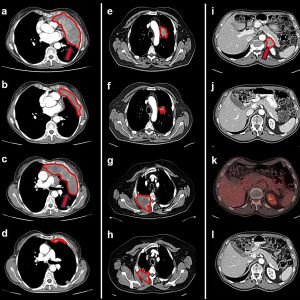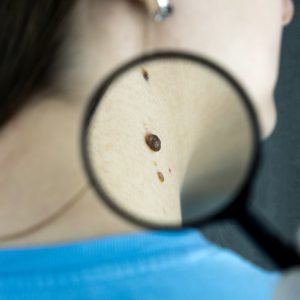
Researchers have revealed that excessive exposure to outdoor light at night could increase the risk of Alzheimer’s disease.
A recent study published in Frontiers in Neuroscience suggests that excessive light pollution increases the risk of Alzheimer’s in both older and younger adults. However, for those under 65, nighttime light exposure poses a greater risk of developing Alzheimer’s disease compared to many other known factors.
Although legislation in many U.S. states targets reducing light pollution, nighttime brightness still remains alarmingly high in various regions across the country. In this context, based on the light pollution maps of the lower 48 US states, researchers evaluated how the level of night light affected Alzheimer’s disease prevalence.
Using medical data, researchers compared the impact of light pollution against other known variables that affect the risk of Alzheimer’s disease. The results revealed that in individuals aged 65 and older, the prevalence of Alzheimer’s disease was more strongly linked to nightly light pollution than to certain other risk factors, such as alcohol abuse, chronic kidney disease, depression, and obesity. However, conditions like diabetes, high blood pressure, and stroke showed even stronger associations with Alzheimer’s in this age group.
For those under 65, the researchers found that increased nighttime light exposure was more closely linked to Alzheimer’s prevalence than any other risk factor studied, underscoring the impact of light pollution on younger populations.
“We show that in the U.S. there is a positive association between Alzheimer’s Disease prevalence and exposure to light at night, particularly in those under the age of 65. Nightly light pollution – a modifiable environmental factor – may be an important risk factor for Alzheimer’s Disease,” said the first author of the study, Dr Robin Voigt-Zuwala, in a news release.
“Awareness of the association should empower people – particularly those with risk factors for Alzheimer’s Disease– to make easy lifestyle changes. Easy to implement changes include using blackout curtains or sleeping with eye masks. This is useful especially for those living in areas with high light pollution,” said Voigt-Zuwala.
The study has not examined the exact reason why young adults are more vulnerable, but researchers attribute it to the differences in light sensitivity in younger individuals.
“Certain genotypes, which influence early-onset Alzheimer’s Disease, impact the response to biological stressors which could account for increased vulnerability to the effects of nighttime light exposure. Additionally, younger people are more likely to live in urban areas and have lifestyles that may increase exposure to light at night,” said Voigt-Zuwala.







